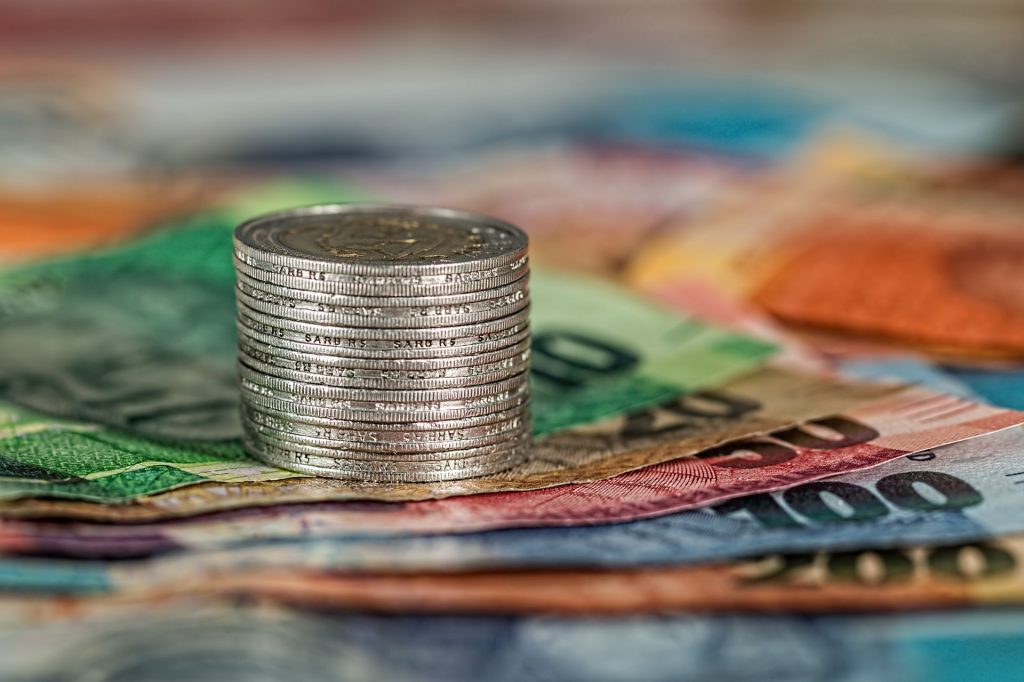How To Set Up an Offshore Account

The words “offshore bank account” can bring to mind thoughts of rich people who are either trying to get a better return on their money or keep their money safe from prying eyes. In reality, getting an offshore bank account isn’t something that only rich people can do. If you want an offshore bank account, you can likely open one within an afternoon. All you need to do is follow these steps.
Find a Bank
The first thing you’ll need to figure out is where you want to open your account. Switzerland has long been one of the most popular options, but the Cayman Islands and Channel Islands are other common choices.
Once you know the place, it’s time to find the bank. You can find everything you need by searching online. It may be a good idea to look up reviews online to see what other consumers have said about a bank before you use it.
Provide the Basic Information for Your Account
The exact requirements to open an account will obviously depend on the bank that you select, but they tend to require the same general information, and it’s usually not much different from opening a domestic bank account.
You’ll need to provide personal information, including your full name, address, occupation and date of birth. The bank will need to know your citizenship information, and it will request some form of identification, such as a passport or driver’s license. You may need to provide verification that you live at the address you provided. A utility bill, mortgage payment or lease agreement will work for this.
Send the Bank Additional Verification
Because there’s a higher risk of account holders using offshore bank accounts for tax fraud, money laundering and other criminal activities, you may need to provide additional verification to the bank before it allows you to open an account.
This could involve sending one year’s worth of banking statements to prove that you’ve met certain balance averages and had a satisfactory relationship with your bank. The bank may also inquire about how you intend to use your new account. Expect to provide income verification, as well, such as a paystub or information on your investments.
Select the Currency
When you have an offshore bank account, you get to choose which currency you want. This can be beneficial for you, although it can also create complications.
If you expect your country’s currency to depreciate or if it’s just unstable, you may decide it’s a better choice to go with another currency. Doing so could also earn interest for you. However, that interest could leave you on the hook for foreign taxes. Deposits and withdrawals could also require a currency exchange, potentially costing you money.
It’s usually safer and easier to go with your own currency, but if you think selecting otherwise would benefit you, you can give it a try.
Making Deposits and Withdrawals
Once you have your offshore account open, you can make deposits and withdrawals. These aren’t as easy as they would be with a domestic account, though.
For deposits, you’ll need to make international wire transfers. You will most likely need to pay a fee for this, and it’s in your best interest to shop around and see if you can score any deals.
Your offshore bank could send you a debit card to use at ATMs when you want to withdraw your money, but there are often international ATM fees. You may also have checks, but if you’re getting the account for confidentiality, you probably won’t want to use these. Your best bet will typically be keeping a domestic bank account open so that you can transfer funds between your domestic and offshore accounts as needed.
The process of opening an offshore bank account is simple enough. The challenge lies in figuring out the best currency choice and finding the cheapest ways to deposit and withdraw money. You’ll also want to make sure that you have a good accountant to avoid any potential tax violations. Use your offshore account wisely and you’ll have a safe, confidential place to store your savings.

















